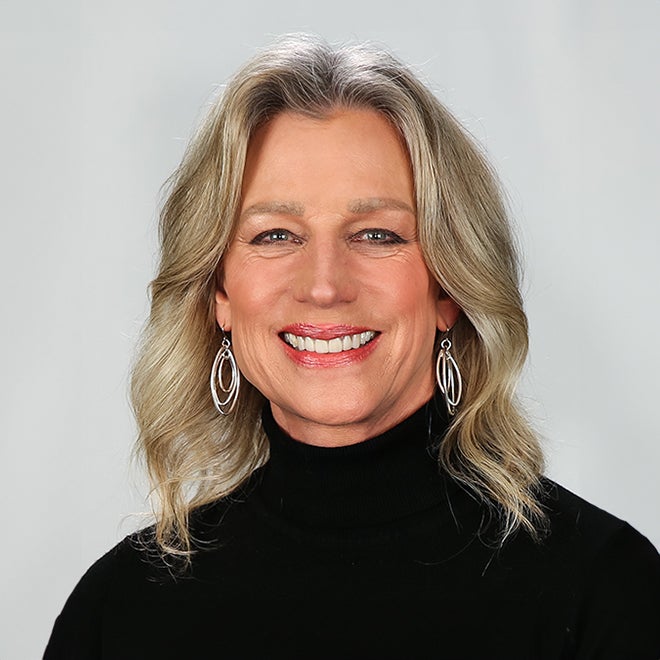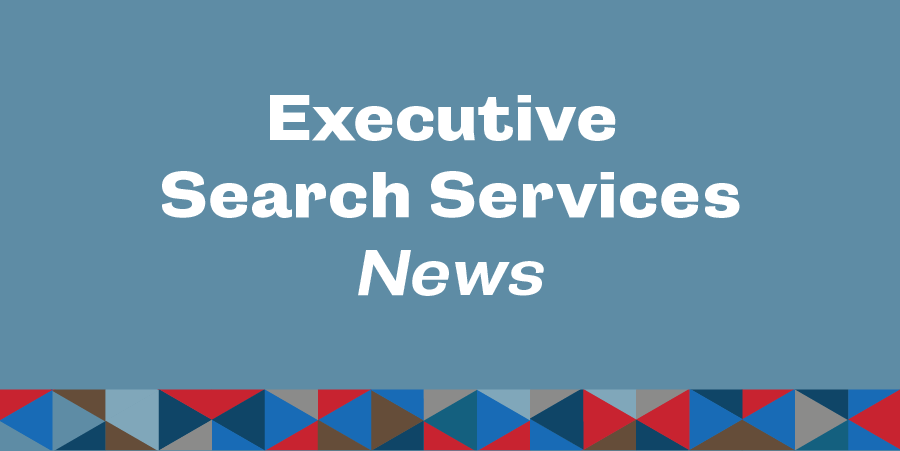Eliminating Physical Bias in Job Descriptions and Hiring
Physical requirements and expectations listed on a job description should be realistic and represent typical job duties for the role.
Job descriptions typically include the mental and physical demands needed to perform the job as well as the environmental factors associated with the position. Conducting a thorough job analysis for each job description can help identify the qualifications needed for successful job performance, the primary duties and responsibilities of the job, the equipment used, as well as the mental and physical demands.
Employers can miss out on qualified applicants if they overstate the physical requirements necessary to perform the job. An example is requiring all bus drivers to lift 50 pounds. This requirement could eliminate qualified applicants and is an unreasonable expectation for the typical bus driver.
Including only the necessary physical requirements can encourage more applicants to apply for the position and not unintentionally eliminate internal or external candidates who want to be considered. In the example of the bus driver, the requirement to safely evacuate students in an emergency can be done in ways that don’t involve lifting 50 pounds.
Hiring Biases
Hiring managers and members of an interview committee may have unconscious biases towards applicants due to their physical characteristics. For example, they may view an attractive applicant or one with a strong handshake as more competent or confident than other applicants without supporting evidence obtained during the interview process.
It’s imperative to train hiring managers and interview committee members to choose the best candidate based on the individual’s ability to perform the job and not based on personal biases. Stress employment decisions should be based on the job knowledge, experience, and abilities determined during the interview process, not assumptions based on stereotypes.
Some common hiring mistakes to be aware of include:
- Relying on first impressions
- Allowing perceived attractiveness or other physical qualities not related to job performance influence hiring decisions
- Hiring based on personal biases against certain applicants (e.g., overweight applicants, unattractive applicants)
- Generalizing a positive (halo effect) or a negative impression (horns effect) over other job-related candidate responses
- Allowing prejudices to impact the hiring decision
Base the hiring decision on selecting the best candidate for the job instead of allowing explicit or unconscious biases to get in the way. This should result in a better match for the candidate and the job.
Creating an Inclusive Culture
Ensuring discriminative practices do not occur during the hiring process or throughout the course of employment is important for creating an inclusive work culture. While the Equal Employment Opportunity Commission has federal laws that protect employees from being discriminated against because of their race, color, religion, national origin, sex (including gender identity, sexual orientation, and marital status), disability, age, pregnancy, military status, or genetics, there are other non-protected reasons employees may be treated unfairly while on the job. This could include unfair treatment towards employees who are overweight, extremely short, very tall, or perceived as unattractive.
Provide training for supervisors and employees that includes clear expectations for zero-tolerance for body shaming employees. Encourage employees to report unfair treatment to the human resources department and take appropriate actions to stop these types of behaviors. Even though employment law may not cover all personal characteristics, employers can take steps to stop discrimination and cultivate a better, more inclusive workplace atmosphere for everyone.
Resources
Helpful resources for creating and updating job descriptions can be found in HR Services’ Model Job Descriptions (member login required). Resources to assist in the hiring process can be found in the Recruiting and Hiring section of the HR Library.

Cheryl Hoover
Cheryl Hoover joined HR Services in 2018. She assists with staffing and HR reviews, training, and other HR projects. During Hoover’s public school career, she served as an executive director of curriculum and principal leadership, executive director of human resources, principal, assistant principal, teacher, and coach.
Hoover earned her bachelor’s degree from The University of Texas at Austin and obtained her master’s degree from Texas State University. She is a certified PHR.
HR Services

Subscribe to HRX
Stay up to date with all the latest HR news and trends by joining the HRX mailing list!





